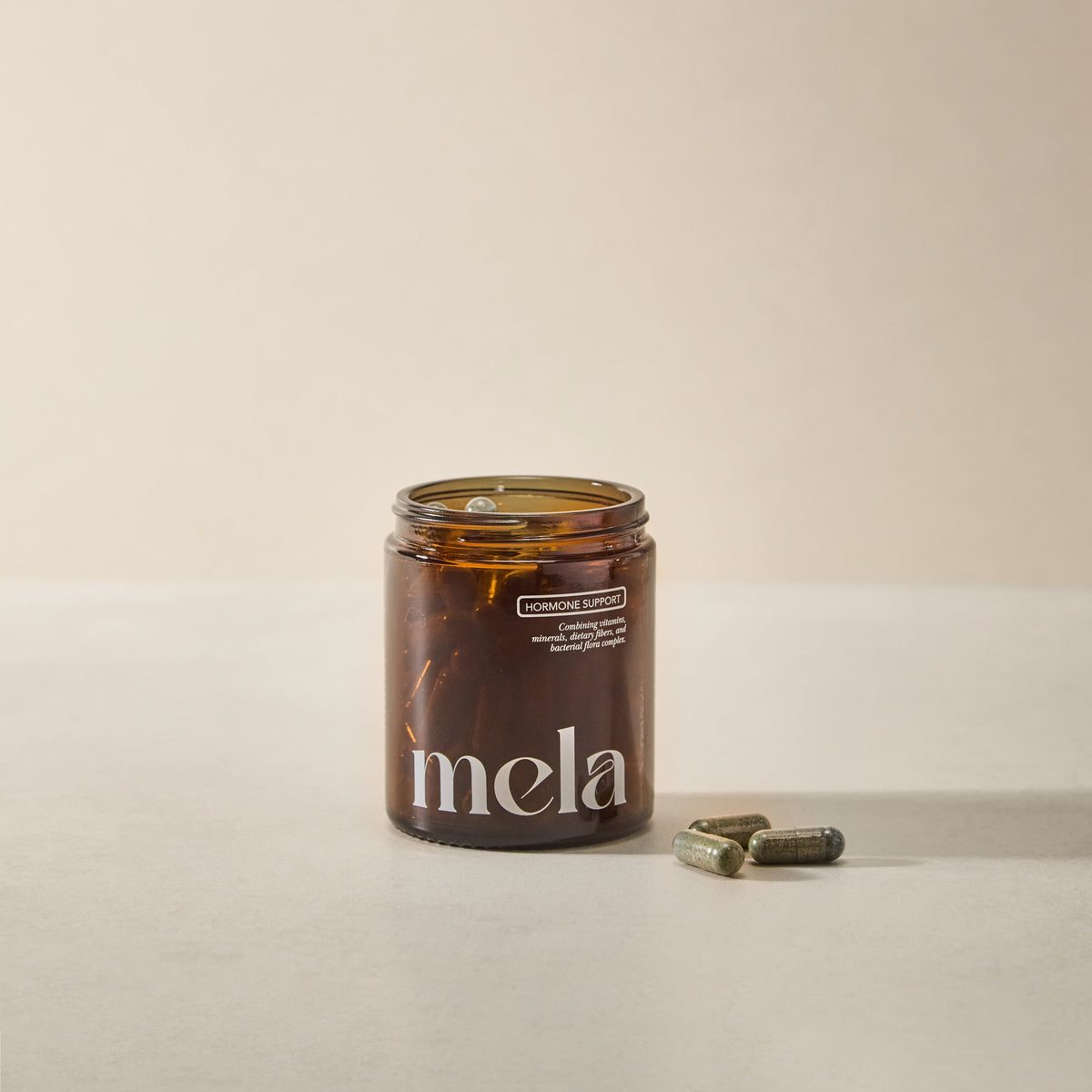Har du någonsin undrat varför ett träningspass som kändes lätt förra veckan plötsligt kan kännas övermäktigt den här veckan? Eller varför styrketräning ibland får dig att känna dig stark och full av energi, medan det andra dagar känns som att stretching är det enda du orkar med?
Menstruationscykeln medför ofta stora förändringar i humör och energinivåer, vilket kan göra det svårt att hålla en konsekvent träningsrutin med hög intensitet. Istället för att kämpa emot dessa naturliga förändringar kan det vara fördelaktigt att anpassa träningen efter kroppens hormonella svängningar.
Genom att förstå hur du kan anpassa din träning till de olika faserna i menstruationscykeln kan du förbättra ditt välmående och få bättre träningsresultat.
Här är en guide för att optimera träningen under varje fas av din cykel.
Menstruationsfasen (Dag 1-5): Lätt konditionsträning, flexibilitet, lätt yoga
Under menstruationsfasen är progesteronnivåerna som lägst, vilket kan göra att man känner sig trött och irriterad. Då kan det vara skönt att göra lätta aktiviteter som en lugn promenad, yoga eller foam rolling. En promenad kan hjälpa mot mensvärk och foam rolling lindra ryggsmärtor. Den här fasen är perfekt för att fokusera på aktiv vila och stödja kroppens behov av återhämtning.
Follikelfasen (Day 6-12): Running, Strength Training, HIIT (Dag 6-12): Löpning, Styrketräning, HIIT
As estrogen and testosterone levels begin to rise, energy levels increase. This phase is perfect for more intense workouts such as HIIT, strength training, or dance workouts. These activities can maximize the body's enhanced capacity for performance and muscle building. However, it’s crucial to incorporate proper warm-ups and cool-downs to prevent injury. När östrogen- och testosteronnivåerna börjar stiga ökar också energinivåerna. Follikelfasen är perfekt för mer intensiva träningspass som HIIT eller styrketräning. Det är då kroppen har bäst förutsättningar för att prestera och bygga muskler. Tänk dock på att värma upp ordentligt och att varva ner för att undvika skador.
Ägglossningsfasen (Dag 12-15): Reformer, Styrketräning, Dans
Under ägglossningsfasen är energi, motivation och styrka på topp tack vare de högre nivåerna av östrogen och testosteron. Det är en perfekt tid för tung styrketräning, klättring eller att testa på gruppträning. Även om intensiva pass känns bra, är det viktigt att vara lyhörd för kroppen. Lågintensiv träning och aktiviteter som Pilates kan också vara effektiva när energin är hög.
Lutealfasen (Dag 16-28): Aktiv meditation, Reformer, Powernaps
När progesteronnivåerna stiger är det vanligt att känna sig trött, irriterad och drabbas av PMS-symptom. Det är därför bra att minska intensiteten på träningen under den här fasen. Fokusera på yoga, Pilates och andra skonsamma aktiviteter för att hjälpa kroppen att hantera stress. Det är också en bra tid för aktiv meditation och för att prioritera ordentlig vila.
Varför Denna Strategi Fungerar
Att anpassa träningen efter menstruationscykeln utnyttjar de naturliga hormonella svängningarna för att optimera fysisk prestation och återhämtning.
Högintensiv träning under faser med höga nivåer av östrogen och testosteron kan maximera energi och styrka, medan lättare aktiviteter under faser med låga hormonnivåer stödjer kroppens behov av vila och återhämtning. Den här metoden förbättrar inte bara den fysiska formen utan hjälper också till att hantera menssymptom, vilket förbättrar humöret och välbefinnandet.
Kom ihåg att det är viktigt att anpassa träningen efter dina egna behov och lyssna på vad kroppen säger. Menstruationscykeln kan ge bra vägledning för att optimera både träning och välmående, och är ett riktigt bra verktyg för att ta hand om din hälsa.










